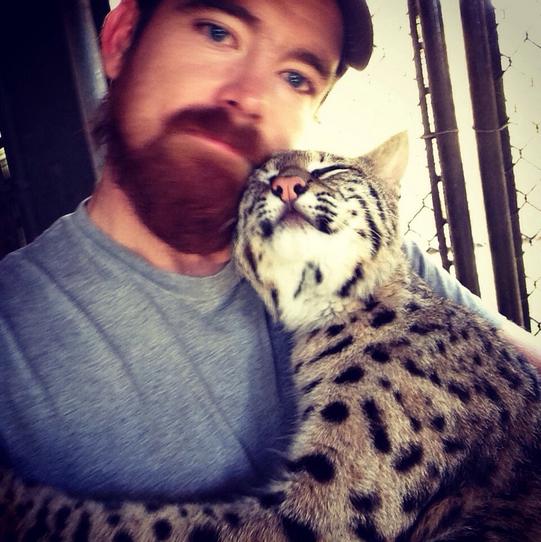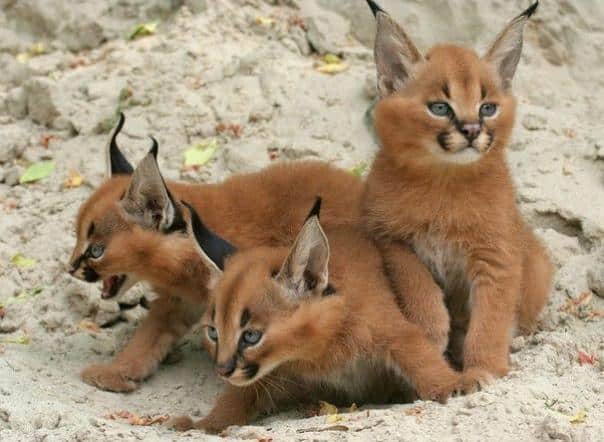Agency says rescue didn't obey its own safety protocols in fatal cougar attack
Cheryl
Tuller, co-founder of Wildcat Haven Sanctuary in Sherwood, gives a tour
of one of the cougar enclosures in 2006. Oregon OSHA announced Monday
that the sanctuary would faces $5,600 in fines for serious safety
violations that lead to the death of its head keeper, Renee
Radziwon-Chapman
An Oregon workplace safety agency has fined a
Sherwood big cat sanctuary thousands of dollars after one of its
employees was killed in a cougar attack four months ago. The Oregon Safety and Health Division of the state’s department of consumer and business services has fined
Wildcat Haven Sanctuary
$5,600 for what it called “serious” safety and health violations after
one of its keepers was attacked and killed in November 2013.
Renee Radziwon-Chapman, 36,
was the head keeper at the rural Sherwood facility, which takes in abused or neglected tigers, cougars and other wild cats. She was found dead in a cougar enclosure after being attacked and mauled by at least one of the cats.
Wildcat
Haven is home to about 65 cats, ranging from tigers and cougars to lynx
and hybrid housecats that have been bred with wild cats.
Click here to read OSHA's 13-page report
According
to Oregon OSHA, the sanctuary did not do “every other thing reasonably
necessary to protect the life, safety and health of the employees.” "Sadly,
as is so often the case, this workplace tragedy may have been prevented
if the employer had followed and enforced its own guidelines when
employees entered the cougar enclosures," said Michael Wood, an Oregon
OSHA administrator.
The investigation revealed that the
sanctuary did not have enough staff to handle the large amount of work
needed. Because of that, it allowed employees to enter the cougar
enclosures unsupervised. It also did not have adequate latches on its
enclosures' lockout facilities. The violations come with two $2,800 fines.
Wildcat Haven released a statement on Monday saying that many of the issues OSHA saw have already been addressed. “We
continue to work closely with OR-OSHA to review the agency’s findings
as part of our commitment to maintaining a safe, secure work
environment,” Wildcat Haven officials stated. “As an employer, we are
ultimately responsible to protect the life, safety and health of our
staff and volunteers.Because of the hazards of providing
sanctuary to wild animals that are both compelling and unpredictable,
our greatest priority is to develop and ensure compliance with
fail-proof safety procedures. We also intend to work toward developing
national sanctuary safety standards for the continued well-being of
those dedicated to helping captive wild cats that can never be
released.”
Report’s findings

Radziwon-Chapman
Keepers often worked alone at the sanctuary, OSHA investigators wrote in the 13-page report. That goes directly against the sanctuary’s own safety protocols. The
sanctuary has a policy that keepers work in pairs whenever they enter
animal enclosures. The animals are placed in a temporary lockout area
attached to the enclosure. “Cougars require a minimum of two
qualified staff members be present during any contact,” reads the
sanctuary’s handbook on safe handling techniques and practices. “Two
qualified staff members shall work together during the lockout of
dangerous animals. Once the animals are locked out, one staff member can
safely enter the enclosure to clean or make repairs.”
But that didn’t happen, OSHA investigators said. Radziwon-Chapman worked alone on both Nov. 8 and 9, 2013. The other employees at the facilities were all out of town. The
sanctuary’s co-founder Michael Tuller was in Scotts Mills examining the
new facility, while his wife, co-founder Cheryl Tuller, was in
Minnesota.
The report claimed Radziwon-Chapman had sent Cheryl
Tuller numerous text messages just prior to the attack about the need
for more help at the sanctuary, an assessment OSHA agreed with. “There
are 28 enclosures, and they all need to be cleaned every other day,”
the report read. “There was no way for Renee to complete the work on
those two days without working alone.” “It is in the inspector’s
opinion that there was not enough manpower at the sanctuary for it to
operate safely,” the report added.
OSHA also found the cougar
enclosures used a light-duty gate latch on the lockout chamber door. The
latch is designed for easy use in residential backyards, and are not
appropriate for use with dangerous animals, the agency reported. “These latches can fail to remain secured if they are not fully closed and can pop open inadvertently,” the report claimed. In order to secure the enclosures, workers had to go inside the enclosure and attach a carabiner clip to the latch. “In
doing so, the keepers were exposed to cougars who were housed in a
lockout that was not fully secured,” according to the report.
In
addition, keepers had to go through one enclosure in order to reach the
door for a second enclosure housing two additional cougars next door. “This
poor design exposed keepers to potential attacks by captive cougars
while performing cleaning and sanitation of the enclosure,” the report
stated.
Decades of experience
Exactly what happened on the day of Renee Radziwon-Chapman's death is still a mystery, but OSHA inspectors and other investigating agencies agreed on a few details:
Sometime in the mid-afternoon of Nov. 9, 2013, Radziwon-Chapman entered a cougar enclosure to do maintenance or cleaning. The enclosure was home to three mountain lions: Cody, Leo and Caden.
Cody
and Leo were raised at the sanctuary from cubs after coming from
private collections in Ohio and Iowa. Caden came to the sanctuary as an
adult after his owners decided they no longer wanted the animal.
Radziwon-Chapman
entered the enclosure alone and apparently attempted to lockout the
animals. Caden was found secured in the lockout area, but the other two
cats were found inside the enclosure with Radziwon-Chapman’s body. Wildcat
Haven’s president Michael Tuller discovered her body that evening after
returning to the sanctuary where he lives with his wife Cheryl. Radziwon-Chapman was found lying on her back in one of the cougar enclosures about 10 feet from the exit. There
was a great deal of blood, and an autopsy would later reveal
Radziwon-Chapman died from bite wounds to her head and neck.
After
Radziwon-Chapman’s death, the sanctuary released a statement saying it
appeared the lockout gate was operating properly, which would have
prevented the cougars in the enclosure from escaping.
Radziwon-Chapman
had more than two-decades of experience working with big cats and was
head keeper at the facility for eight years. The Clackamas
County Sheriff’s Office said it found no evidence of illegal activity,
but Oregon OSHA, the Global Federation of Animal Sanctuaries and the
U.S. Department of Agriculture
said they would look into her death.
The
sanctuary launched its own internal investigation, hiring Tim Harrison,
director of the Ohio-based educational group Outreach for Animals, to
look into the incident, review the sanctuary's safety protocols and
audit the facility.
source



 Martin Clunes and a lion called Mugie, Friday, 9PM, ITV[ITV]
Martin Clunes and a lion called Mugie, Friday, 9PM, ITV[ITV]







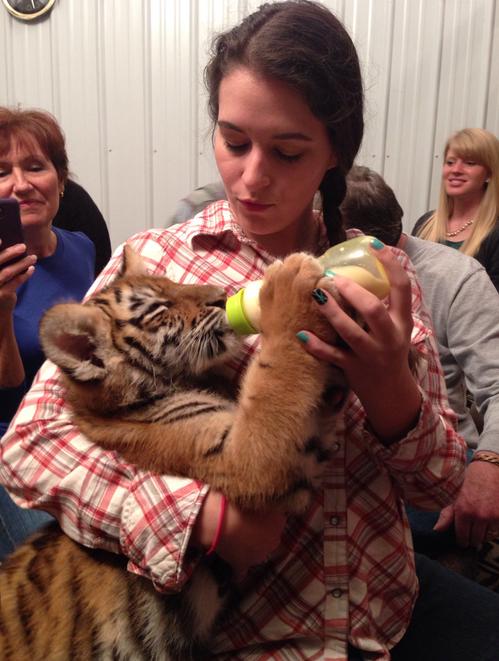






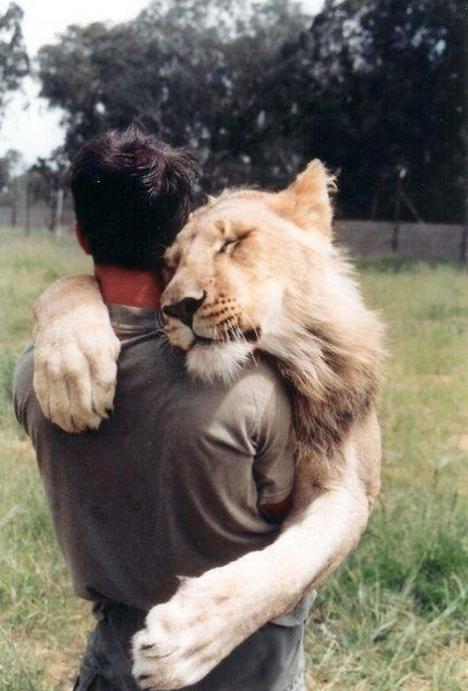



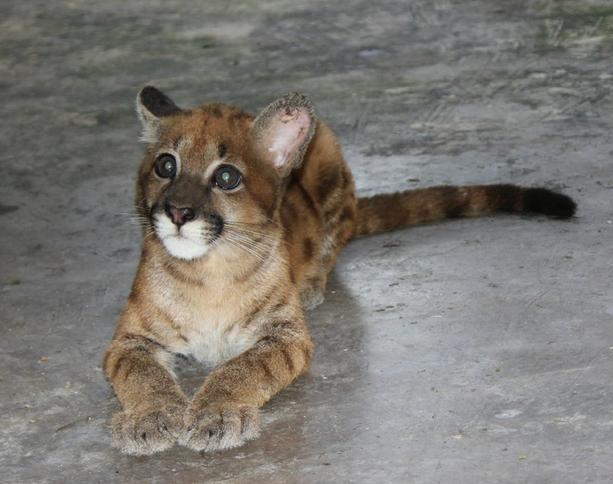
 via
via